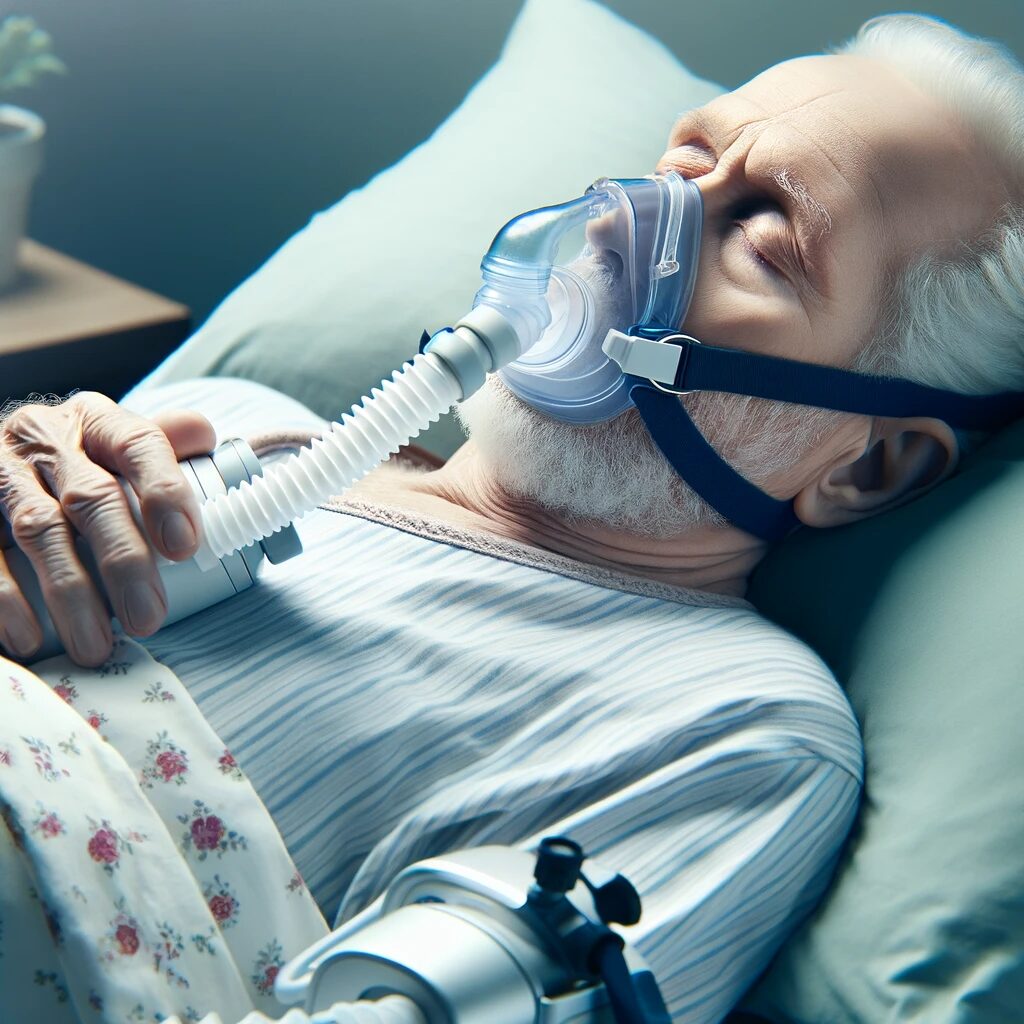Sleep disorders significantly impact one’s quality of life and overall health. Understanding these disorders is the first step in managing them effectively. This post aims to provide insights into various sleep disturbances and effective strategies for achieving better sleep

Insomnia: Characterized by difficulty in falling or staying asleep. People with insomnia often feel unrefreshed, affecting their daytime functionality. Insomnia can be acute or chronic, with chronic cases often resulting from stress, life events, or disruptive sleeping habits.
Sleep Apnea: A serious disorder where breathing stops and starts during sleep. Obstructive sleep apnea occurs when throat muscles relax, while central sleep apnea is due to improper brain signals controlling breathing. Untreated sleep apnea can lead to daytime fatigue, loud snoring, and other health complications.
Restless Legs Syndrome (RLS): Also known as Willis-Ekbom disease, RLS causes uncomfortable sensations and an uncontrollable urge to move the legs. Symptoms usually intensify during rest periods like sitting or lying in bed and can be relieved temporarily by movement.
Insomnia: Characterized by difficulty in falling or staying asleep. People with insomnia often feel unrefreshed, affecting their daytime functionality. Insomnia can be acute or chronic, with chronic cases often resulting from stress, life events, or disruptive sleeping habits.
Sleep Apnea: A serious disorder where breathing stops and starts during sleep. Obstructive sleep apnea occurs when throat muscles relax, while central sleep apnea is due to improper brain signals controlling breathing. Untreated sleep apnea can lead to daytime fatigue, loud snoring, and other health complications.
Restless Legs Syndrome (RLS): Also known as Willis-Ekbom disease, RLS causes uncomfortable sensations and an uncontrollable urge to move the legs. Symptoms usually intensify during rest periods like sitting or lying in bed and can be relieved temporarily by movement.

Narcolepsy: This chronic condition involves excessive daytime drowsiness and sudden sleep attacks. Individuals with narcolepsy struggle to stay awake for extended periods, significantly disrupting daily activities.
Parasomnias: These are sleep disorders involving abnormal movements, behaviors, emotions, and perceptions. Common parasomnias include sleepwalking, night terrors, and nightmares.
Narcolepsy: This chronic condition involves excessive daytime drowsiness and sudden sleep attacks. Individuals with narcolepsy struggle to stay awake for extended periods, significantly disrupting daily activities.
Parasomnias: These are sleep disorders involving abnormal movements, behaviors, emotions, and perceptions. Common parasomnias include sleepwalking, night terrors, and nightmares.
Managing and Treating Sleep Disorders:
The management and treatment of sleep disorders depend on the specific type and severity of the disorder. Lifestyle modifications such as maintaining a consistent sleep schedule, avoiding stimulants, regular physical activity, and stress management techniques are often effective. Medical interventions, including medications, sleep aids, or use of CPAP machines for sleep apnea, may also be necessary. Behavioral strategies like cognitive-behavioral therapy (CBT) are beneficial for insomnia and some parasomnias.
Conclusion:
Addressing sleep disorders is crucial for maintaining good health and quality of life. Understanding these disorders and adopting appropriate management and treatment strategies can lead to significant improvements in sleep quality and overall well-being.